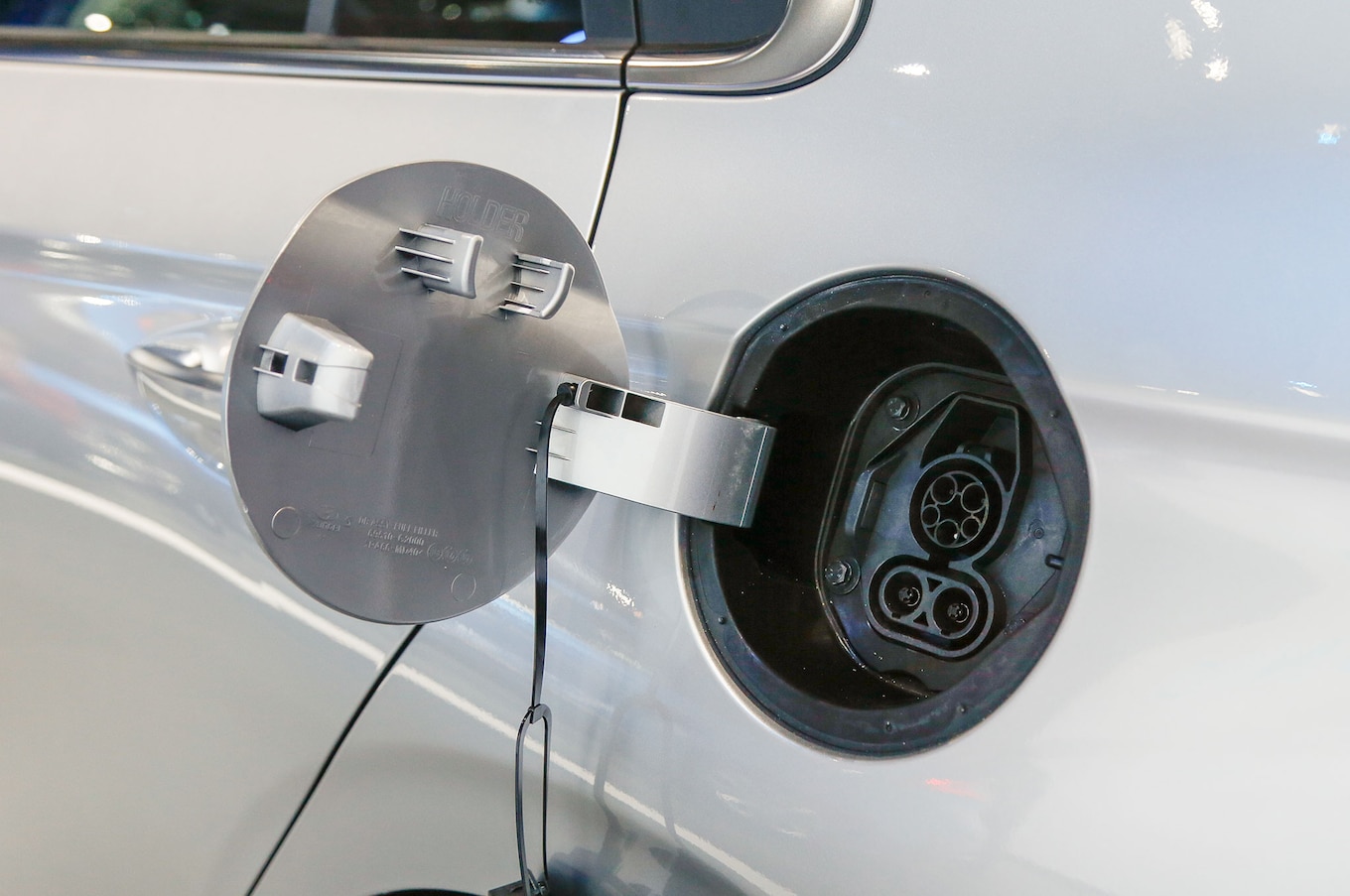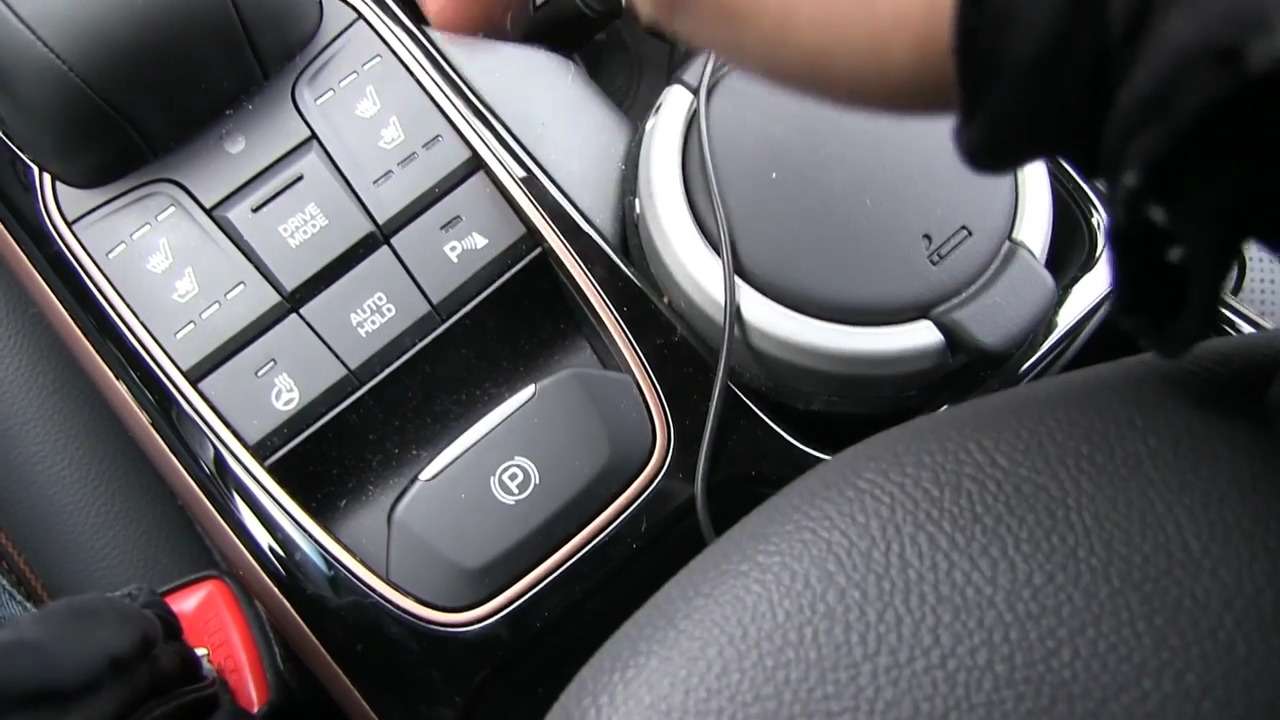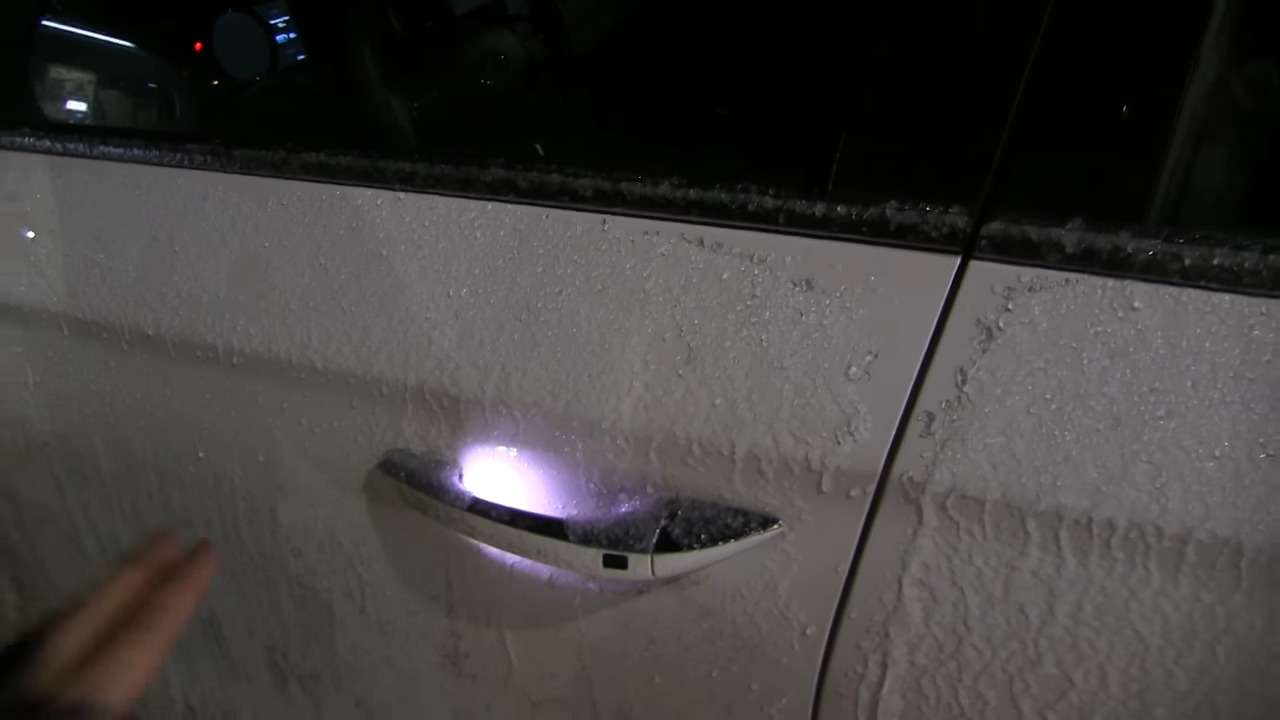SoulEV2016
Well-known member
- Joined
- Jul 18, 2016
- Messages
- 572
The korean IONIQ have 2 holes for charging ?
1 for slow charger and 1 for the fast charging ?
it's a chademo, the fast charging solution ?
i ask this because in my country, the (potential) buyers of IONIQ don't understand why it don't have a Chademo charging plug ... CCS (Type 2) don't really work now instead of Chademo that they are pretty commun (and reliable).
1 for slow charger and 1 for the fast charging ?
it's a chademo, the fast charging solution ?
i ask this because in my country, the (potential) buyers of IONIQ don't understand why it don't have a Chademo charging plug ... CCS (Type 2) don't really work now instead of Chademo that they are pretty commun (and reliable).






![400W Car Power Inverter,DC 12V to 110V AC Car Plug Adapter Outlet Converter with [65W USB-C] /USB-Fast Charger(24W) car Charger for Laptop Computer](https://m.media-amazon.com/images/I/41n0e7DyqQL._SL500_.jpg)
























![300W Car Power Inverter 12V to 110V,PiSFAU DC to AC Car Plug in Adapter Outlet with Multi USB[24W USB-C] /USB-Fast Charger(24W) Car Inverter,Car Charger for Laptop Vehicles Road Trip Essentials](https://m.media-amazon.com/images/I/41-KedJShYL._SL500_.jpg)




























